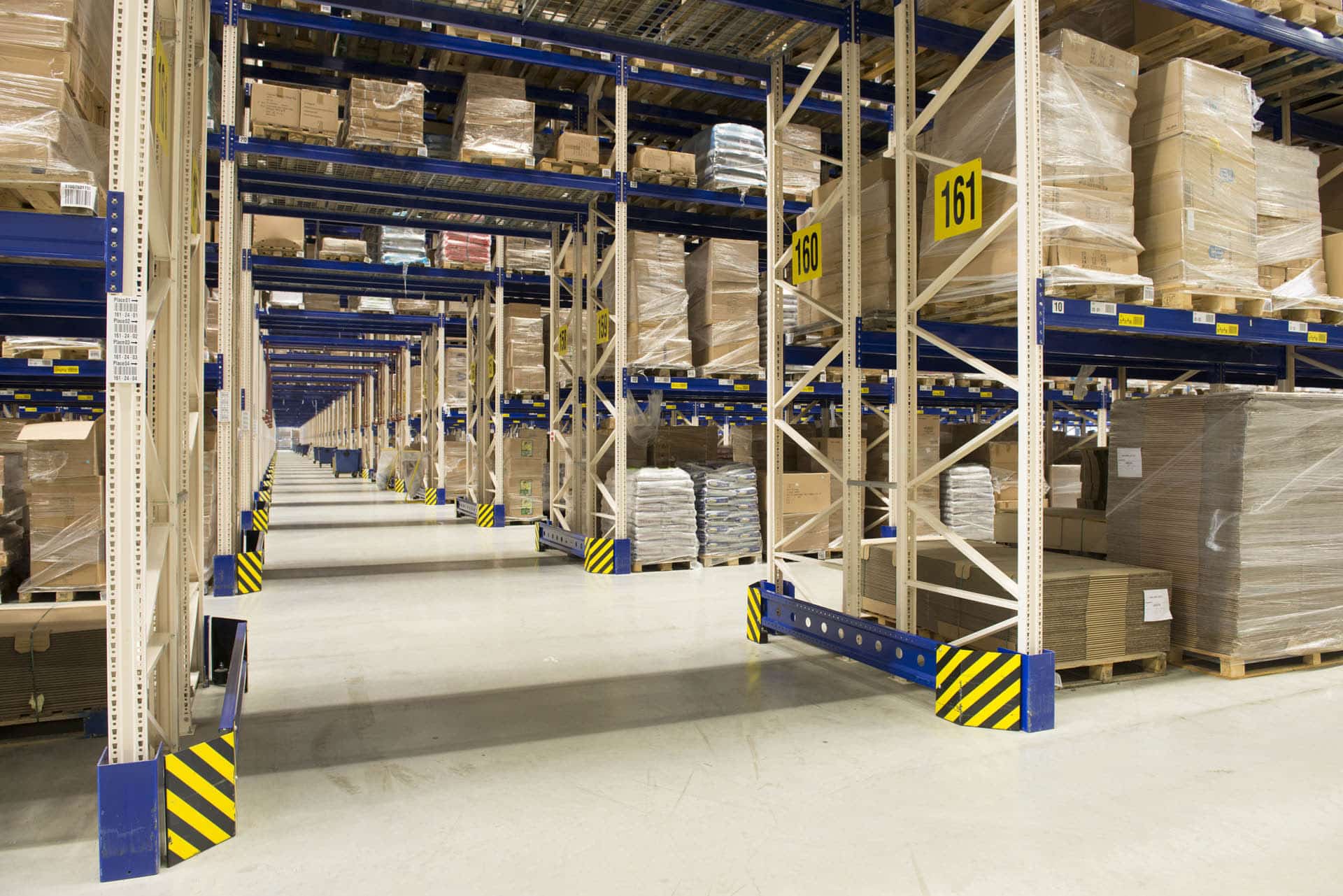As reported by the latest Cushman & Wakefield international advisory agency report, the first quarter saw lower demand in the warehouse market. However, it is worth noting that despite a double-digit correction, Poland remains one of the most active sectors in Europe. Developer activity levels are also stabilizing, though the new supply forecast for this year may reach the fourth highest result in the history of the Polish warehouse market.
DEMAND: POLISH MARKET REMAINS ONE OF THE MOST ACTIVE IN EUROPE DESPITE A 25% DROP
In the first quarter, tenants signed lease agreements for over 870,000 sqm of industrial space, marking a significant decrease in activity by 25% year-on-year and the lowest demand level since the second quarter of 2019. However, it should be emphasized that the double-digit, 22% demand correction was recorded across Europe, and the Polish market, despite a worse result than in previous years, remains one of the most active on the continent, explains Damian Kołata, Partner, Head of Industrial & Logistics Agency Poland, Head of E-Commerce CEE, Cushman & Wakefield.
The main challenge recently, not limited to the warehouse market, has been the economic slowdown and rising operational costs, leading many companies to focus on optimizing their current operations.
Particularly concerning in this context was the decline in activity among companies in the logistics sector, a key group of tenants usually generating 30-40% of lease transaction volumes. Data from the past six months indicates a significantly lower 20% share of this sector in demand. Currently, however, signs of increased activity are observed, with effects on the warehouse market expected with a few months’ delay, adds Damian Kołata.
Positive trends are visible in the retail sector, positively influenced by the acceleration of retail sales and the development of e-commerce. This, in turn, generates consistently high demand from courier companies and the packaging industry. Despite weaker industrial dynamics, companies in the automotive and manufacturing sectors remained active in the first quarter. Subsequent quarters should bring an improvement in sentiment, although repeating last year’s demand result (5.58 million sqm) seems unlikely.
SUPPLY: NEARLY 10-YEAR PERIOD OF DOUBLE-DIGIT GROWTH COMES TO AN END
At the end of the first quarter of 2024, the total warehouse space in Poland reached 32.7 million sqm, representing a 9.5% year-on-year increase. In the regional structure of resources, five largest provincial markets – Mazowieckie, Śląskie, Łódzkie, Dolnośląskie, and Wielkopolskie – maintained a strong position, accounting for 75% of the total supply.
From January to the end of March, developers completed over 850,000 sqm, with 86% concerning four markets – Dolnośląskie, Pomorskie, Wielkopolskie, and Mazowieckie, which delivered 32%, 20%, 19%, and 15% of the space, respectively, comments Adrian Semaan, Market Analyst, Cushman & Wakefield.
The largest investments completed in the first quarter were Panattoni Park Poznań A2 (140,000 sqm, including 60,000 sqm for H&M), the second phase of Panattoni Park Wrocław Logistics South Hub (90,000 sqm), and the next phase of GLP Wrocław V Logistics Centre (86,000 sqm) for an international e-commerce company.
Projects totaling approximately 2.32 million sqm are currently under construction, indicating that developer activity is slightly lower than in the previous quarter. Nevertheless, the estimated new supply in 2024 could reach 2.9 million sqm, which would mark the fourth-highest result in the history of the Polish warehouse sector, adds Adrian Semaan.
The share of speculative projects (without lease agreements) slightly decreased to 49% compared to 54% a year earlier. Most investments are still being developed in the five main markets as well as in the Gdańsk and Kraków regions.
It is worth noting that increased developer activity is also expected in smaller markets, such as Bydgoszcz-Toruń, Szczecin, and Rzeszów. New investments are lacking in the Lubuskie market, due to the relatively high availability of warehouse space and the still low activity of tenants linked to the German economy. In the near future, we expect a decrease in the volume of new projects in markets such as Dolnośląskie and Łódzkie, says Damian Kołata.
RENTS: HIGH SUPPLY IMPACTS RATE STABILIZATION
The vacancy rate has been on an upward trend since the beginning of 2021, when it reached a historic low of 3.3%, and now stands at 8.2%, the highest level since September 2020 (8.5%). In the first quarter, the volume of unleased space increased to 2.69 million sqm, significantly impacted by supply – at the end of March, 416,000 sqm in newly delivered investments remained unleased. Additionally, tenants vacated about 245,000 sqm, choosing not to renew leases.
In the first quarter, net absorption was close to 520,000 sqm, indicating an increase in occupied space at a rate similar to the 2017-2020 average of 530,000 sqm but much slower than the 2021-2023 levels, which averaged over 850,000 sqm, explains Adrian Semaan.
Monthly base rent rates remained stable at 3.60-6.50 EUR/sqm for BIG-BOX logistics parks and 5.10-7.25 EUR/sqm for urban warehouses. Effective monthly rates are respectively 2.70-6.20 EUR/sqm and 4.70-6.50 EUR/sqm. Current observations indicate a possible rent correction in markets such as Łódzkie, Dolnośląskie, and Mazowieckie due to the significant increase in warehouse space availability.
